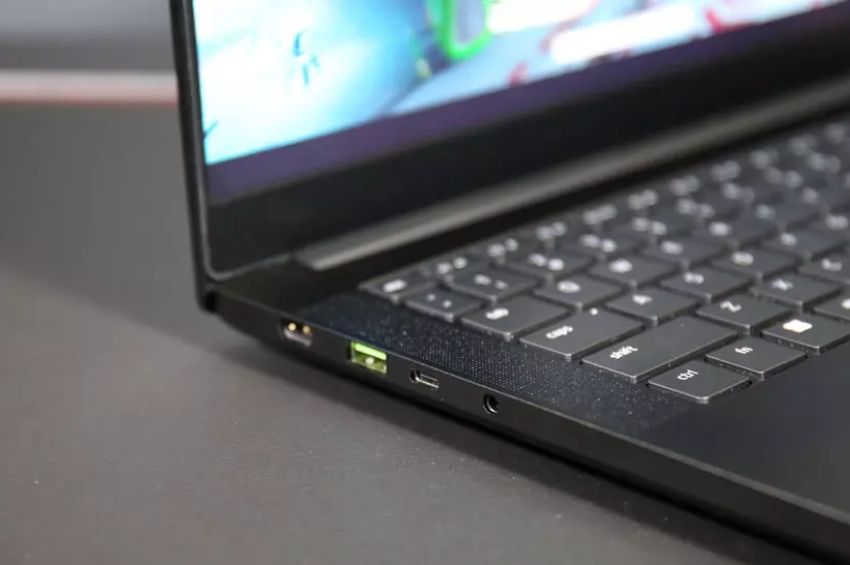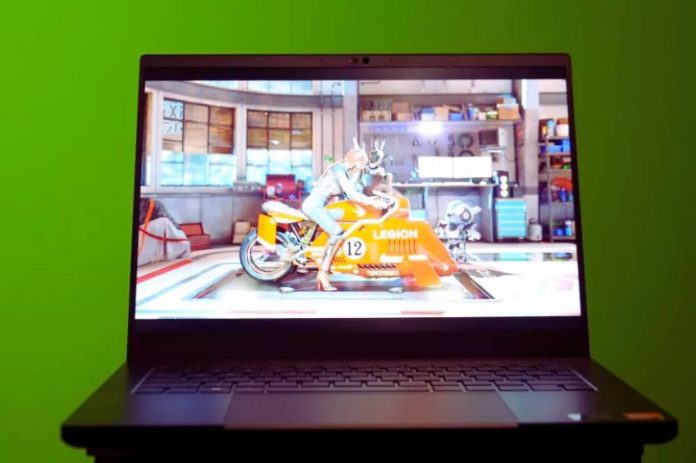The new Razer Blade 14 is without a doubt the gaming laptop I would like for myself, but I am unable to suggest it to Panda Atlanta who are merely searching for the quickest gaming computer they can afford. To spend the kind of money Razer is asking for, you must explicitly want the Blade 14 or at the very least, you must want the greatest portable gaming laptop currently available.
Because it is a beautiful laptop and the pinnacle of Razer’s exquisitely honed, unexpectedly restrained notebook design philosophy. Every inch of a laptop embraces the MacBook gaming look. I can’t help but like it a lot. Likewise, I adore the 14-inch form factor. Even while I like the trend toward 16-inch laptops with larger screens, the Blade 14’s lower size makes it suitable for both everyday use as an office notebook and as a home gaming computer.
So there isn’t a clear recommendation? It’s a well-worn argument against Razer laptops, but if you want to feel any sense of value from your purchase, this isn’t the machine for you. It’s simply so damn costly for the essential parts and the performance you receive.
Even if it’s a beautiful machine with dependable quality construction, other truly powerful gaming laptops are substantially less expensive and have much superior specifications and performance levels. The Acer Predator Helios 16, which we recently tested, has the finest gaming laptop screen we’ve ever experienced. A $2,300 machine, that. The Lenovo Legion Pro 7i is our current choice for the best gaming laptop overall. That system costs $2,500, but you could have purchased one during the recent summer sales period for only $2,200.
This $2,700 Razer Blade 14 system I’ve been cuddling features an AMD Ryzen 9 7940HS and Nvidia RTX 4070 CPU/GPU combination. Additionally, you receive the now-basic standard of 16GB DDR5 RAM and a 1TB SSD, the kind of specifications you’d expect in a $1,500 notebook rather than an almost $3,000 one. Although unlike the earlier Blade 14 computers, the 2023 edition at least allows for RAM upgrades.
What about those other two systems I mentioned? With an Intel Core i9 13900HX processor and an Nvidia RTX 4080 graphics card, they are both 16-inch gaming laptops. The Intel processor is a 24-core, 32-thread monster, while the Ryzen chip is a typical eight-core, 16-thread CPU. These are both far better pieces of silicon. A 175W RTX 4080, which is what both the Lenovo and Acer are equipped with, outperforms a 140W RTX 4070 in terms of gaming performance.
The Blade 14 is absolutely humiliated in the relative benchmarking stakes, so it’s a bloodbath. At times, even the Gigabyte G5, our favorite cheap gaming laptop with an RTX 4060 GPU, makes an appearance to kick the Razer in the ribs.
However, I must admit that I’m not convinced by those Cyberpunk 2077 figures; they need to be double-checked. Even yet, if you were to compare the RTX 4060’s gaming performance to that of the RTX 4070, you wouldn’t be persuaded that paying over three times as much is worthwhile.

Additionally, it differs slightly from the two Blade 14 laptops that Razer previously released in 2021 and 2022, respectively. Like myself, as it has aged, it has accumulated a little more timber. The chassis is somewhat wider, slightly longer, and slightly thicker. The Blade 14 still seems like a small notebook because the difference in size is only a few millimeters. And if that means I get the 16:10 display and gives us a little extra cooling (and hence quiet), I’m alright with that.
It’s not a mini-LED like the ones in the Asus Zephyrus M16 or the Acer Helios 16, but it is unquestionably just as excellent as the panel in the Lenovo. And I love the extra height a laptop display with a resolution of 2560 x 1600 affords you.
Does the increased bulk make it quieter, then? It’s difficult to say without comparing the units side by side, but on the highest performance setting, playing a graphically intensive game at full resolution does make the system a touch loud. Without a good gaming headset, it’s audible, though not at the levels of the worst offenders, like the MSI Titan or even the Blade 16 we tried.
The Synapse software offers the choice to enter Silent mode, and I was amazed by how quiet (though unavoidably not silent) it operated and more so by how nearly it resembled the full, unrestricted mode. With this, select Silent mode to avoid embarrassing yourself during the Ridley Train Gaming Embarrassment Test.
However, $2,700 for this item is incredibly hard to justify.
If money were no object and my only goal was to get the best portable gaming laptop, I wouldn’t think twice about spending the money on it. The construction quality is excellent, and the sturdy chassis made of aluminum feels wonderfully tough. It was simple to type out this assessment on the chiclet keyboard because it has good key spacing for a small laptop. Although the trackpad is incredibly large, I’m not sure if it is the most sensitive pad I have ever used. It’s okay, but I probably wouldn’t say anything more.
In comparison to the two preceding generations, Razer was able to cram a somewhat larger battery inside the larger chassis. The Blade 14 now comes with a full 68Wh battery instead of the previous 61Wh battery, and it does have a respectable amount of uptime, which is helpful if you want to use it as an all-purpose laptop away from the outlet.
In all honesty, I would probably choose this particular specification as well. Although the RTX 4060 version is $300 less expensive than this RTX 4070 edition, paying $2,400 for a low-end model that you can purchase for nearly $1,000 less feels even more difficult to swallow.
To be completely honest, the most recent Blade 14 has severely spoiled me. Even though I’ve loved the new 16-inch laptops, I don’t want to switch back to larger notebooks now that Razer has crammed a 1600p screen into this still-compact frame. This is the gaming laptop I’d want if I could cobble together the money, but it’s definitely not the one for you if you just want the most powerful device you can get.

